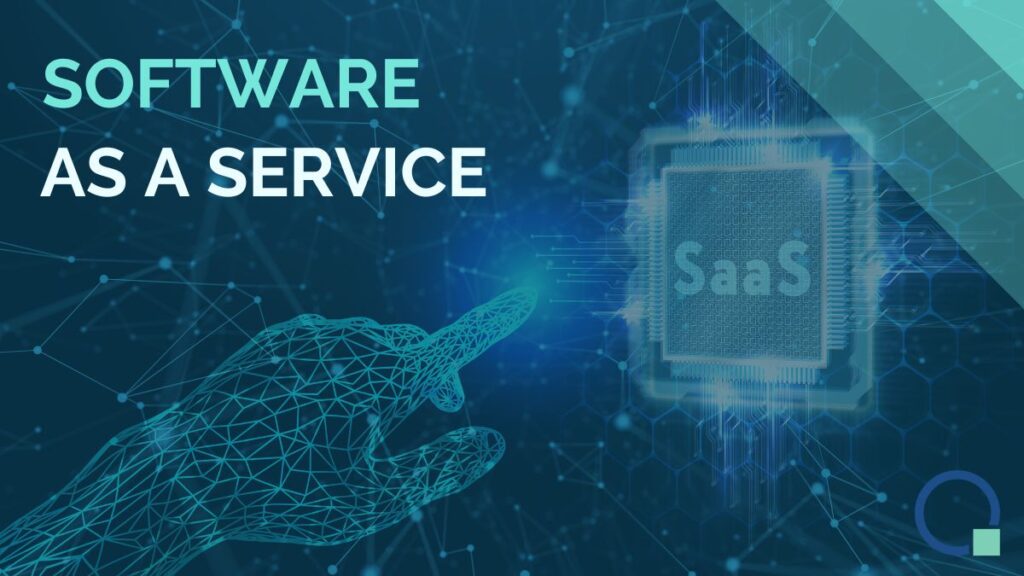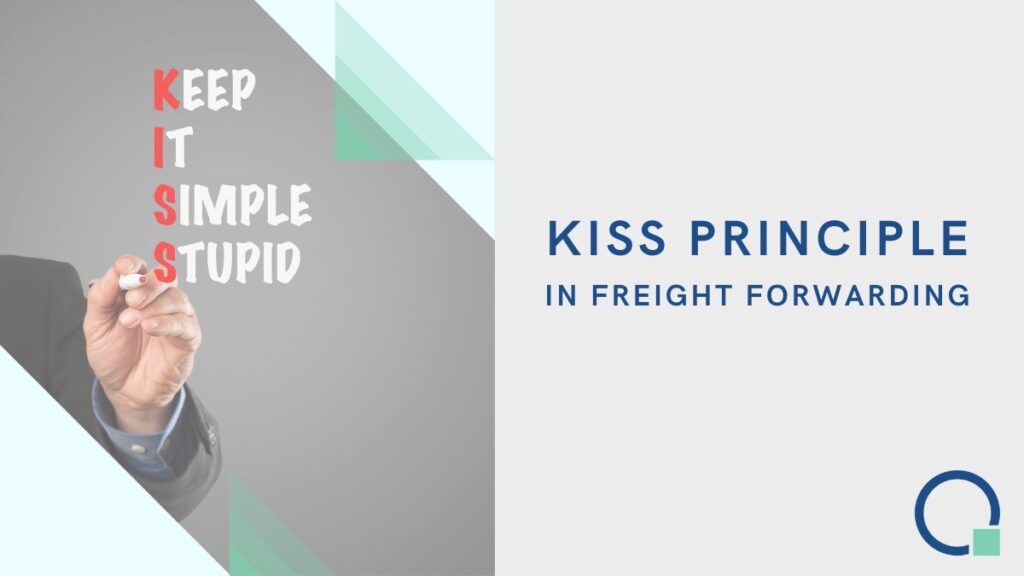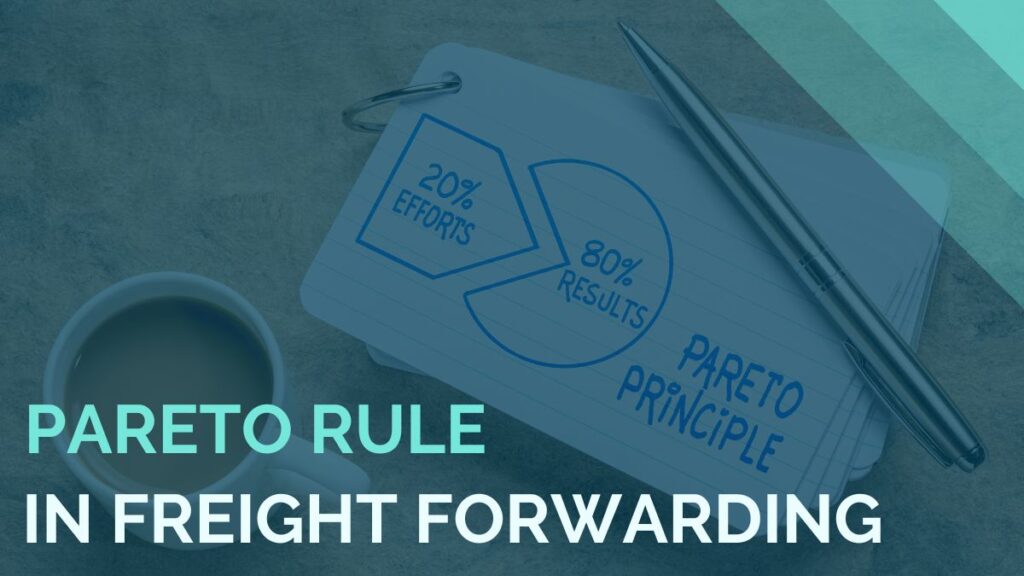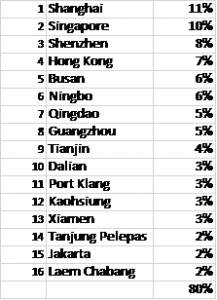Logistics Software as a Service (SaaS)
The massive growth of startup communities all over the world is one of the global trends nowadays. Internet of Things (IoT), Big Data, robotics, artificial intelligence (AI), 3D printing, cloud technology – startups disrupting traditional businesses in ways no one could have ever predicted. It is happening now, and either you are aware of it or you are part of it (otherwise you would not be reading this).
“Fully 80 percent of the products and services being consumed today are different from those that were being consumed five years ago. And five years from today, fully 80 percent of the products being used will be new and different from those being used today”, says Brian Tracy.
Logistics Software – a Product or a Service?
A product is a physical item that people purchase to own it. Once you own a product, you have all the rights to use it as you wish, until it finishes, breaks, gets lost, etc. A service, as The Economist defines it, is something that “you can’t drop on your foot” – which is technically not always true, think of all the digital products, like e-books, for example. Service is an economic activity between a provider of the service and a buyer, where a buyer does not get to exclusively own it.
Software is a non-typical example. It is a digital commodity, yet for years it’s been treated as a physical product. Corporate software license deals can cost millions of dollars, paid in exchange for a single CD. Very expensive CD. For this reason, new business models have been born, and they spread like wildfire.
What Is SaaS?
SaaS stands for ‘Software as a Service’, Salesforce.com is probably the most famous SaaS. The model is so successful, it extended Salesforce’s reach far beyond its status as a CRM application provider and challenged many of the traditional enterprise software vendors.
Historically, companies were required to buy, build, and maintain their IT infrastructures despite exponential costs. SaaS gives companies an alternative. Now, they can plug in and subscribe to services built on shared infrastructure via the Internet. The SaaS model has flourished in recent years because of the many benefits it offers to businesses of all sizes and types.
Benefits of SaaS
Software as a Service has a lot to offer. If it’s used properly, it can help your business save money, time and human resources.
-
SaaS is easy to use
SaaS applications are available from any computer or any device – anytime, anywhere. Because most people are familiar with using the Internet, SaaS apps tend to have high adoption rates, with a shorter training period.
-
Lower costs
SaaS applications are subscription-based, which means lower initial costs. Having the SaaS provider manage the IT infrastructure means lower IT costs for hardware, software, and the people needed to manage it all.
-
Painless implementation and upgrades
Because the SaaS provider manages all updates and upgrades, there are no patches for customers to download or install. The SaaS provider also manages availability – all you need as a customer is a web browser and internet access.
-
Seamless integration, customization, and scaling
SaaS companies with true multitenant architectures can scale indefinitely to meet customer demand, including customization if required. Plus, many provide APIs that let you integrate with existing ERP systems or other business productivity systems.
Is SaaS Right for Your Business?
For newly established companies it’s almost a ‘no-brainer’ to quickly deploy a collection of SaaS business applications and pay for them with a monthly subscription, rather than invest in IT infrastructure and technical support. Probably the biggest problem for small businesses is the enormous amount of choice that’s already available in the SaaS market.
Larger businesses have a different set of problems to deal with when it comes to SaaS, mostly around integration with existing enterprise software (which can be already locked with costly contracts). Still, enterprises looking to expand into new regions, or adopt new ‘social’ business processes, may well find that SaaS is the most cost-effective way to go.
SaaS = Innovation
Innovation is everywhere; it can be hard to keep up, but that is part of the fun. New products and services are released every month, and they challenge the way business operates today.
SaaS applications are setting the stage for a new era of IT, and the biggest advantage of all is how quickly they can be re-shaped and re-purposed by a constantly changing business environment. The possibilities are endless for what lies ahead.




